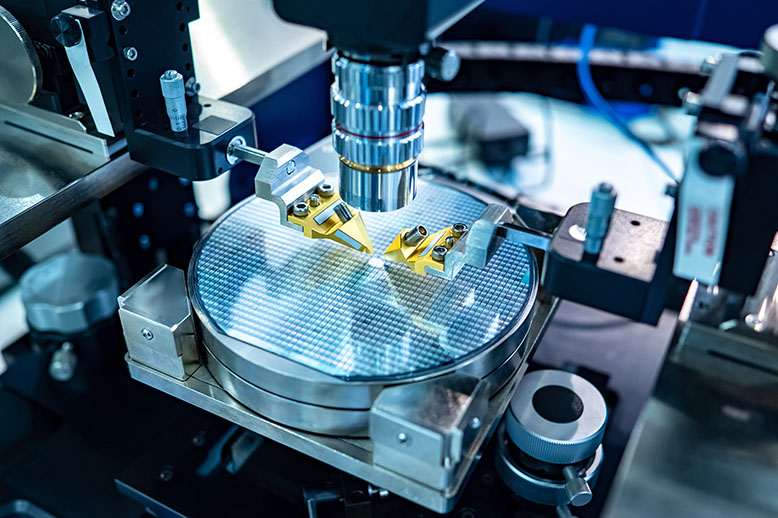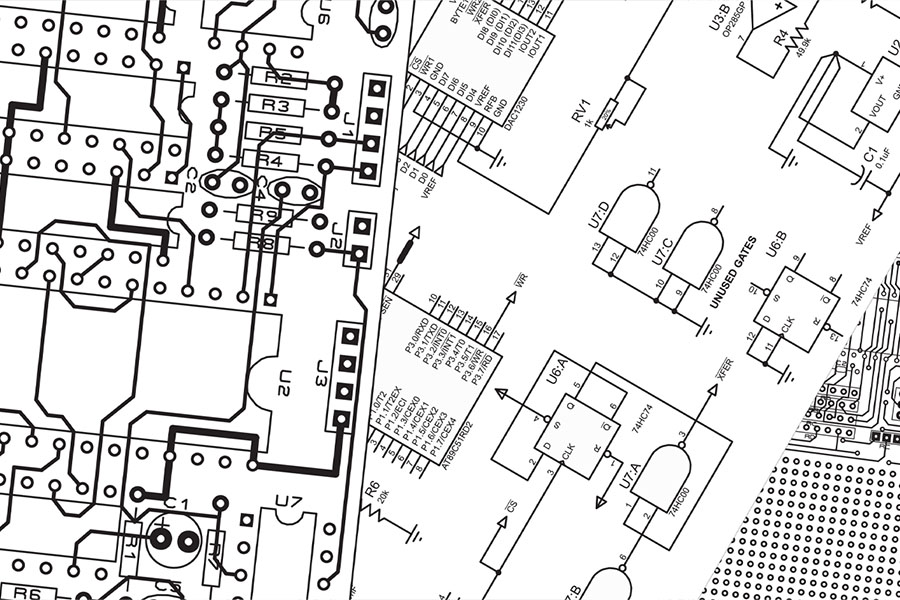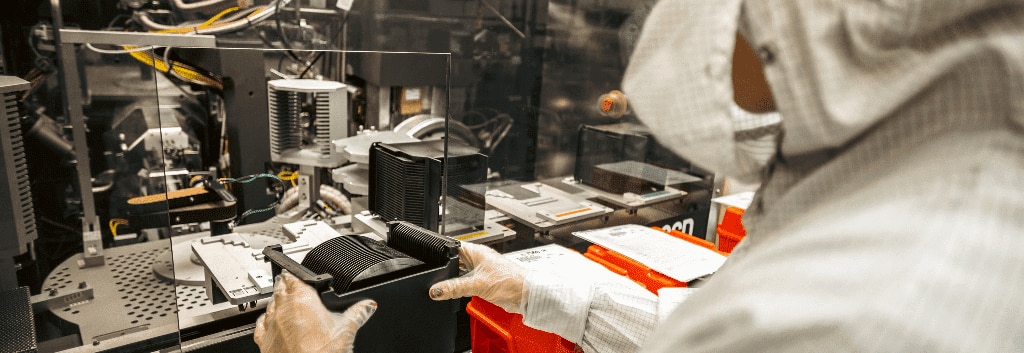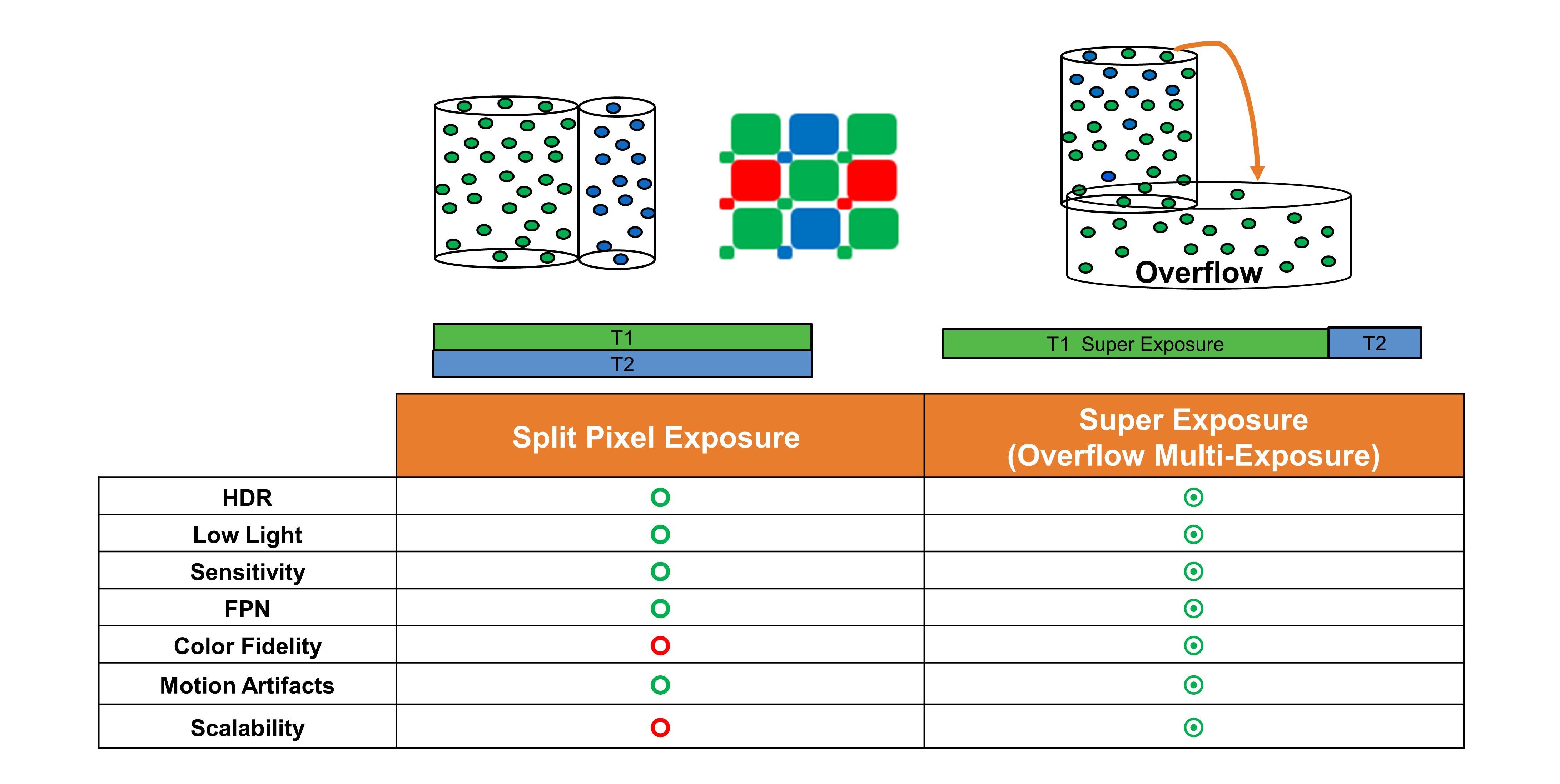How it Started
It all started eighteen years ago when I began working on one of the first automotive CMOS image sensors for rearview cameras (RVCs). At that time, a car equipped with an RVC to help drivers to see behind the car was a great new invention. Two decades later, RVCs are now a standard part and more cameras lay the foundation of Advanced Driver Assistance Systems (ADAS) in modern vehicles. ADAS systems have gone through some significant transformations as my career also transitioned from then Micron Technology to Aptina and now onsemi.
Fast forward to today, more advanced vehicle systems give the driver alerts in situations like detecting objects nearby or cars in blind spots, departing from a lane, and keeping speed and distance in highway cruise mode. Many of these familiar safety features are enabled by automotive image sensors. It is a very rewarding experience for me personally to be part of this transportation revolution. I had the opportunity to work in the onsemi team on various efforts to bring many groundbreaking inventions that were the industry’s firsts and have now become industry norms. For example, we introduced the dual gain pixel technology and high dynamic range (HDR) operation that is used in many sensor designs today. I can proudly say that the majority of ADAS systems use image sensors developed by onsemi.
The evolution of image-sensing technology has changed drastically throughout my career. I have witnessed remarkable advancements in automotive image sensors.
Resolutions
The resolution of an image is one of the important parameters we look at in image quality. The higher resolution represents the sharper edges and finer detail, especially for automotive sceneries. Imagine when the video graphic array (VGA) sensors came out, they could only produce an image of 0.3 megapixels (MP, 640 H x 480 V). Our AR0820AT is the first automotive-grade 8.3 MP (3840 H x 2160 V) image sensor in the market. The high resolution allows for multiple applications (e.g., viewing and sensing) and better object detection in a single camera. As more and more automotive applications require higher volumes of imaging data to help make safety-critical decisions, we can see the market trending for even higher resolution shortly.
Pixel Size
Pixel size is another factor in selecting a sensor that has ideal balance of speed, sensitivity, and image quality. Larger pixels have more area to gather the available light, but it doesn’t mean that they always lead to better image quality. A sensor with smaller pixels can outperform the one with larger pixels covering the same optical area. Our Hyperlux family is just the example of a 2.1 µm pixel sensor outperforming a 3 µm pixel sensor in typical automotive conditions: in low light, in total signal-to-noise ratios (SNRs), and HDR. Along our journey more advanced image sensors, the pixel size has shrunk from larger 6 µm to our current 2.1 µm super exposure pixels while improving performance at the same time.
Exposure HDR Techniques
We were the first company that invented split-pixel technology that was based on large and small sub-pixels to produce HDR images. With the split-pixel approach, the sensor area dedicated to a single pixel is divided into two parts: a larger photodiode covers most of the area and a smaller photodiode uses the remainder. However, we have chosen not to use split-pixel due to its drawbacks with image quality degradation, higher dark noise, and reduced performance, especially at higher temperatures.
Our solution to these drawbacks is the super exposure technique, also known as overflow multi-exposure, where we add an area to the pixel where the large signal or charge can overflow. This method is like using a bucket for catching raindrops, but we have a larger basin to hold water if the bucket overflows. The “bucket” signal is easily read with very high accuracy, so we achieve excellent low-light performance, and the overflow basin contains everything that overflowed, thereby extending the dynamic range and ability to capture bright objects and scenes in true color. So, the entire pixel area is used for low-light conditions without saturation in brighter conditions. As a result, the super exposure technique delivers better image quality across high dynamic range scenes for automotive applications, including the ability to capture flickering LED lights and signs with all the colors and details.
Dynamic Range
Dynamic range is the ratio between the brightest and the darkest spot in a scene. Our image sensors were the first to achieve 120 dB and then 140 dB HDR. Our Hayabusa family brought the first 120 dB HDR with LED flicker mitigation (LFM) sensors to the market. Most recently, we unveiled the Hyperlux image sensor family that showed another industry-leading performance of 150 dB HDR LFM and enhanced image quality. AR0823AT8.3 MP and AR0341AT 3 MP sensors are the first to use Hyperlux technology. With this impressive HDR, Hyperlux delivers images with vivid colors, sharpness and details that provide foundations for higher safety designs thanks to the very predictable behavior that does not change with the temperature or lighting conditions. Hyperlux sensors see much better in the most demanding situations and corner conditions, as shown in Figure 3 below.
Automotive camera systems are a crucial element of active safety because they are the only sensing modality that can identify color, shape, and size of different objects on the road. At each waypoint of the journey, onsemi team worked diligently to establish new benchmarks in low light, HDR, image quality and sharpness. This helped OEMs transition early RVCs to vehicle systems operating at level 2, and now actively implementing level 2+ and 3 of driving automation. With industry leading performance and features, Hyperlux sensors are poised to improve safety metrics and enable autonomous driving at higher speeds, with reduced system development costs. It is no surprise that many OEMs and Tier 1s selected onsemi image sensors for their ADAS camera designs.
The road to a safer and better future does not stop here. Join me on this continuous journey toward higher levels of road safety and driving autonomy.
Learn more about the Hyperlux image sensor family.









